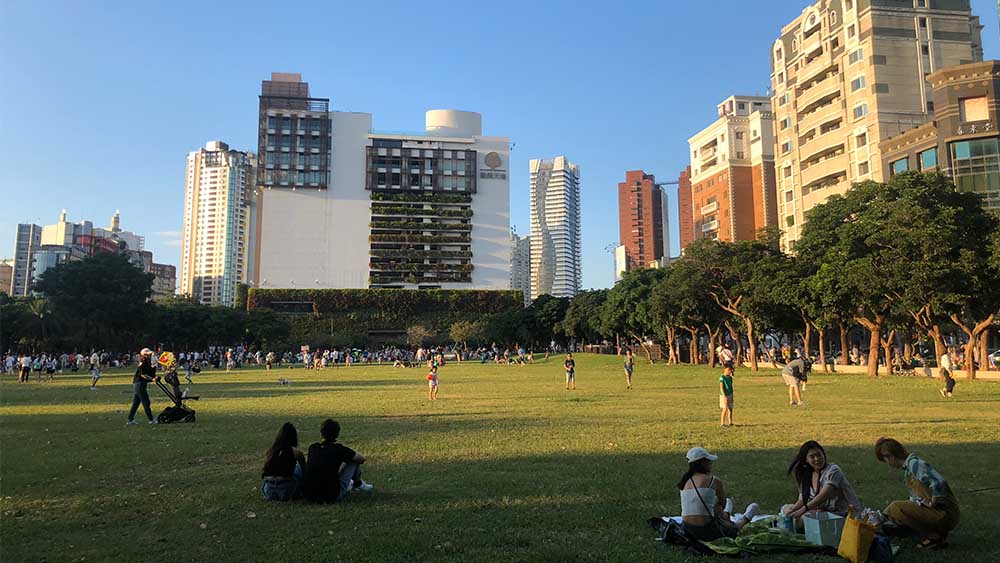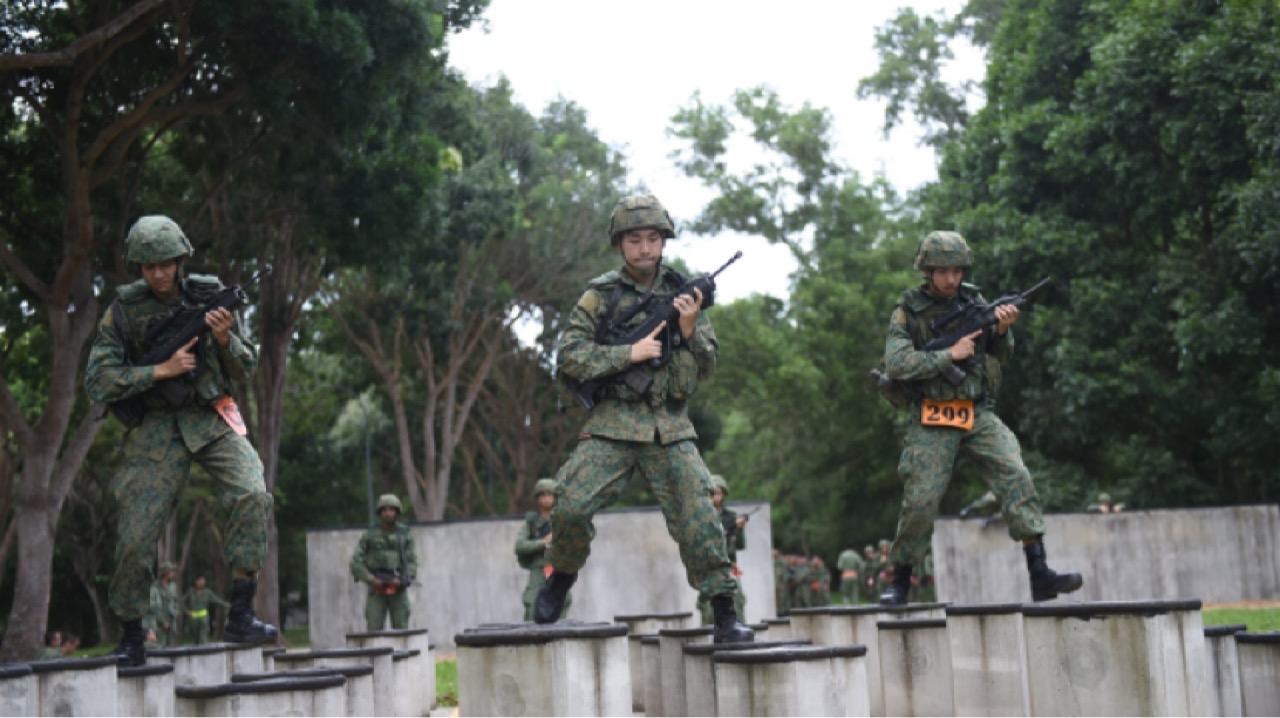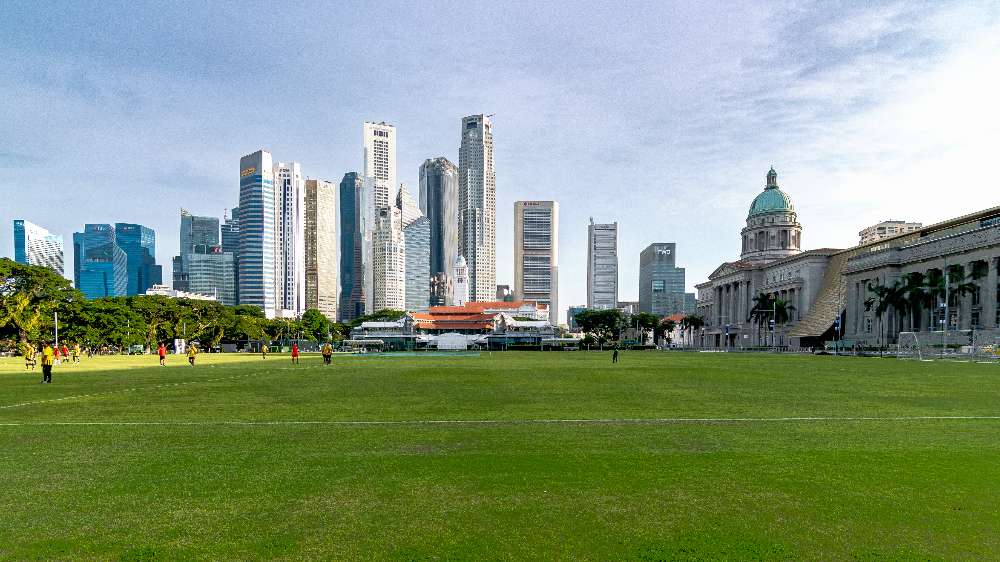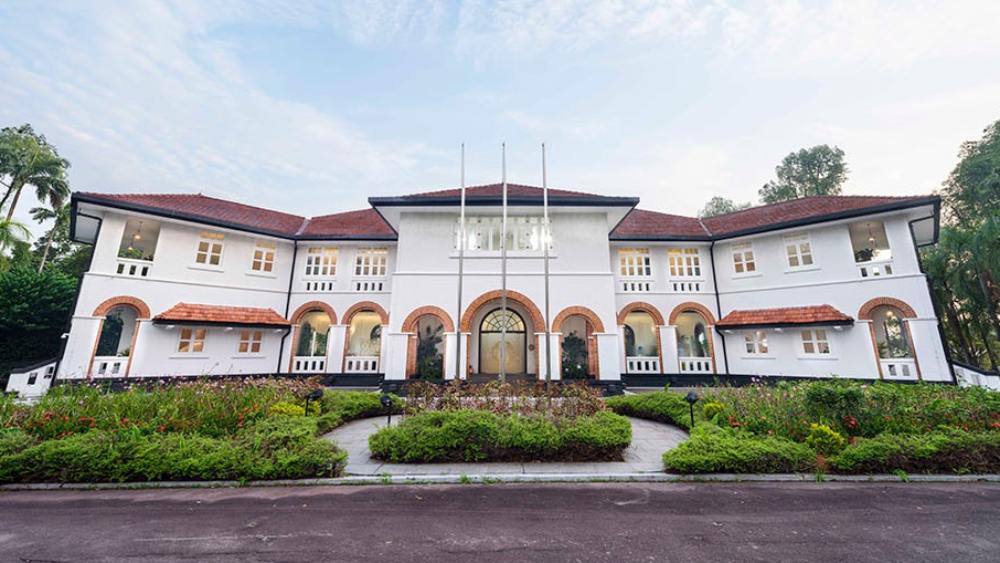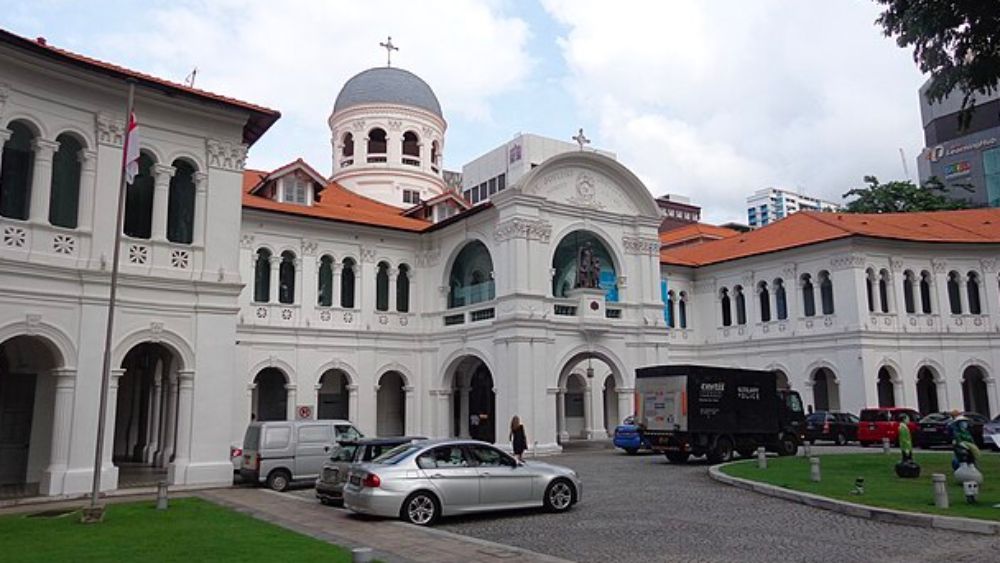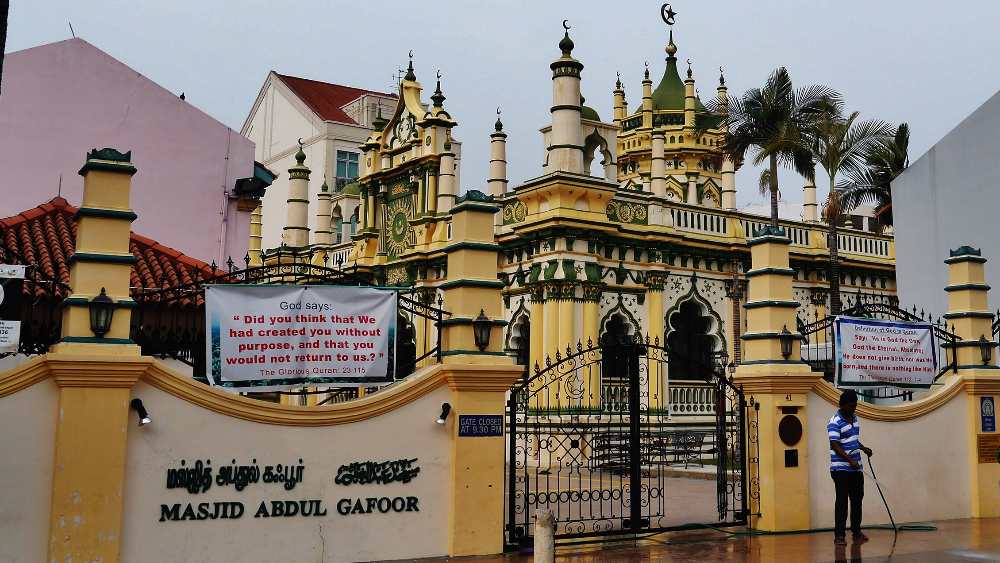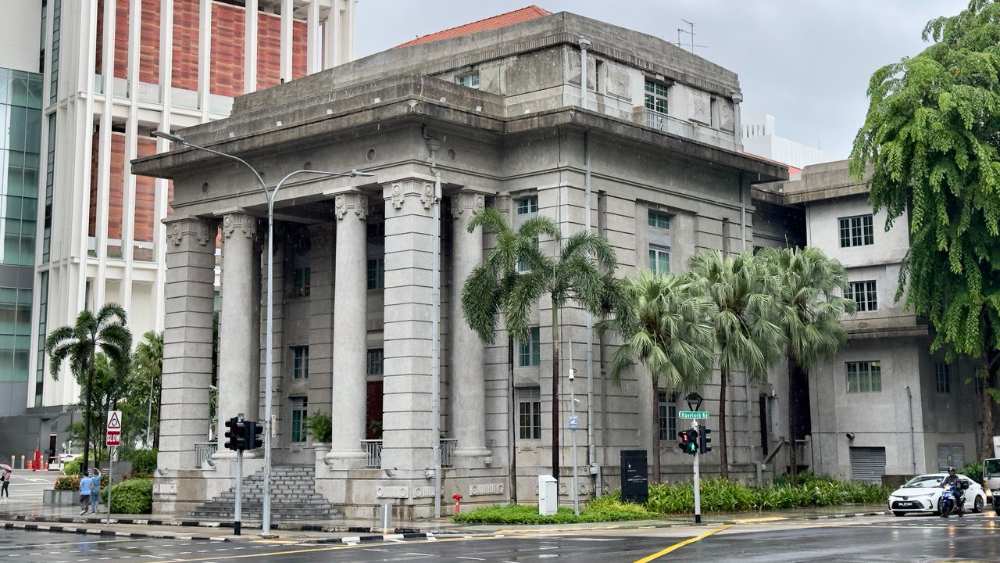National Monuments Of Singapore: The Padang
What is a National Monument? Who gazettes them? How many national monuments are there in Singapore? To date, the Preservation of Sites and Monuments, a division of National Heritage Board, has identified and gazetted 75 buildings, structures and sites of national significance as an integral part of Singapore’s built heritage.
And we're here to tell you all about them - one National Monument at a time!
Here they all are on a Google Map we specially created. Every Wonderwall.sg logo, or "W", indicates a spot where a National Monument of Singapore is located:
You've probably passed by or stepped into more than a few of them without realising they were National Monuments: Al-Abrar Mosque, Asian Civilisations Museum (ACM), the Civilian War Memorial, Saint Andrew's Cathedral, the Esplanade Park Memorials, Fort Siloso on Sentosa - no need to plan an itinerary for friends visiting from overseas; just show them this article ✌️
In this edition, we throw the spotlight on an iconic site where the Republic's first National Day Parade was held in 1966: the Padang.
📍 Location
The 75th National Monument is surrounded by other National Monuments, which include Saint Andrew's Cathedral, the Former City Hall, and the Former Supreme Court. The nearest MRT station is City Hall MRT.
📅 Significant dates
Dates built:
- 1820s: The Plain
- 1890: Enlarged to its current size through land reclamation
Milestones:
- 1820s: The Plain
- 1907: The Padang
Date gazetted:
- 9 Aug 2022
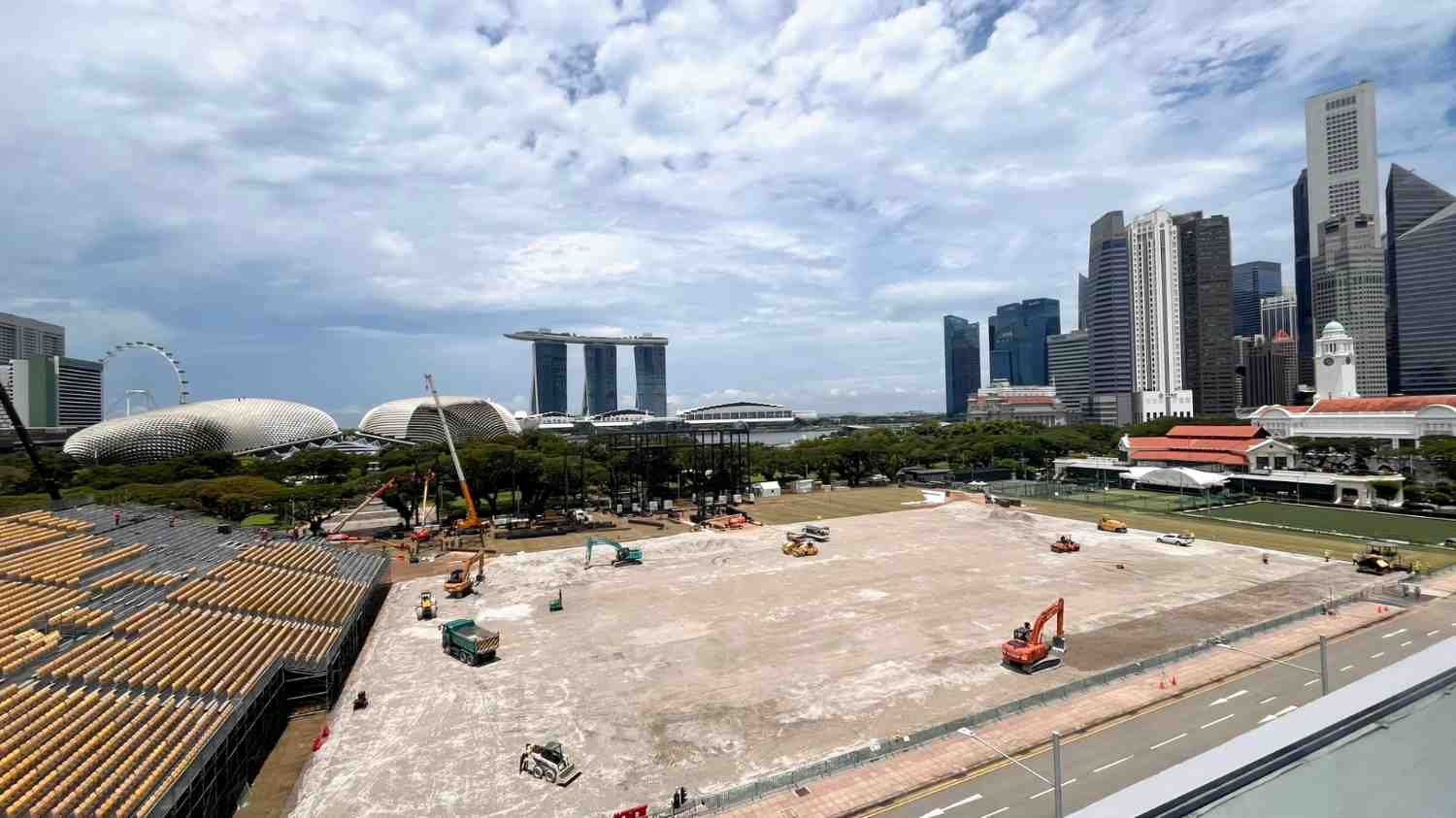 The Padang being prepared in April this year for National Day Parade 2024. | IMAGE: SIM DING EN
The Padang being prepared in April this year for National Day Parade 2024. | IMAGE: SIM DING EN
 From a grass field into an arena of joyous celebration, with a seating capacity of nearly 27,000. | IMAGE: NICK CHEE
From a grass field into an arena of joyous celebration, with a seating capacity of nearly 27,000. | IMAGE: NICK CHEE
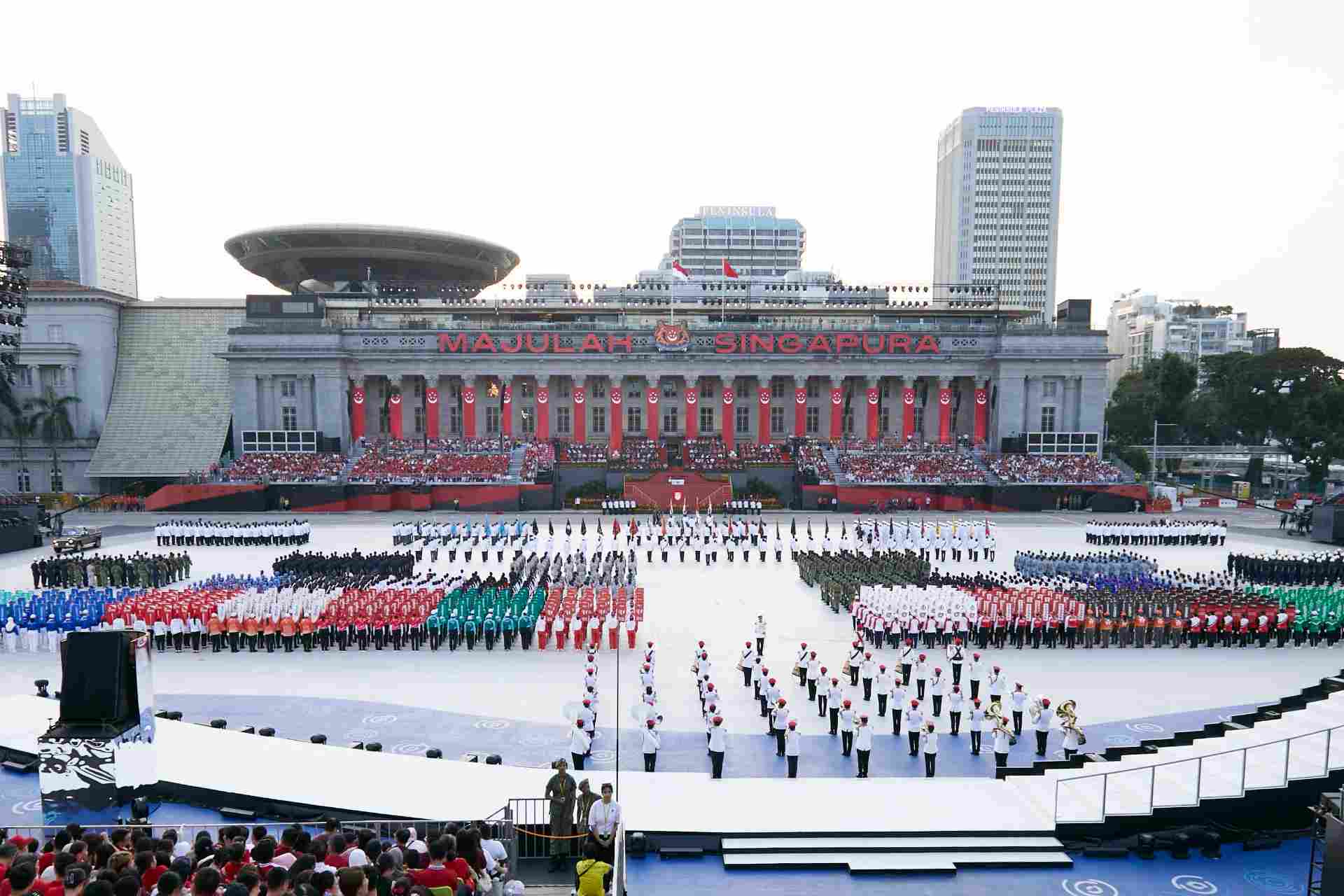 There's plenty of room for over 2,100 Parade and Ceremony participants, including 35 marching contingents. | IMAGE: NICK CHEE
There's plenty of room for over 2,100 Parade and Ceremony participants, including 35 marching contingents. | IMAGE: NICK CHEE
🇸🇬 Happy National Day!
For National Day Parade (NDP) 2024, the Padang has been transformed into a gigantic outdoor arena with an expected capacity of 27,000. Because of the venue's sheer size and the way NDP 2024's organisers have created an immersive 360-degree experience, spectators celebrating our Lion City's 59th bday will get to enjoy the parade in very much the same way they would a Taylor Swift or Coldplay concert.
To give you an idea of how big the Padang is, here are some numbers: This year's NDP will see more than 2,100 participants in the Parade and Ceremony segment, featuring 35 marching contingents; over 400 participants in the Total Defence 40 Dynamic Defence Display, which commemorates 40 years of Total Defence; and upwards of 3,000 participants in the Show segment, which has been crafted to zoom in on the collective strength of our people through a series of eye-popping mass performances, familiar songs and brand-new compositions, and evocative filmlets.
📜 History
In Munshi Abdullah's account of the 1819 landing, he mentions an "open space" located where The Arts House is today. This area was noted as a settlement that included the Temenggong’s residence. It is possible that this same "open space" was where Sultan Hussein Shah and Stamford Raffles later signed the 1819 treaty.
The area was later cleared and levelled to suit the needs of the colonial settlement. Although Raffles had intended for it to be reserved for public use, his absence from 1819 to 1822 led to the construction of private homes around the site. In the 1828 town plan drawn by Lieutenant Philip Jackson, the Padang was marked as an open square. Over time, this area was also known as The Plain, Raffles Plain, and the Esplanade, until it was officially named the Padang (Malay for "field") in 1907.
Around 1890, the Padang was expanded to double its original size through land reclamation. A road called New Esplanade Road was built between the sea and the field. In 1907, this road was renamed Connaught Drive by the Municipal Council to commemorate the Duke of Connaught's (brother of King Edward VII) visit in 1906. The road on the north side of the field, originally known as Esplanade Road, was also renamed St Andrew’s Road.
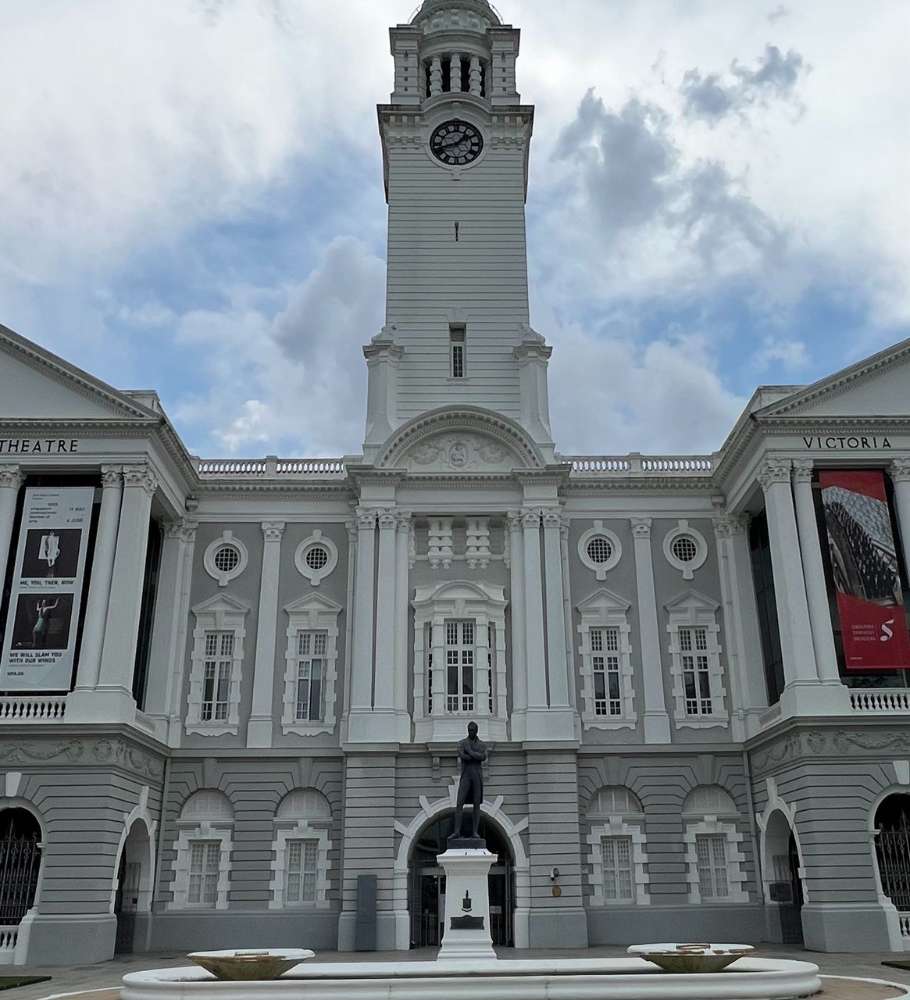 IMAGE: NG KAI
IMAGE: NG KAI
A 2.4-metre bronze statue of Sir Stamford Raffles once stood on the Padang, facing the sea. This statue was installed on 27 Jun 1887 to celebrate Queen Victoria's golden jubilee. In 1919, to mark the centenary of Singapore's founding by Raffles, the statue was moved from the Padang to the front of the Victoria Memorial Hall at Empress Place.
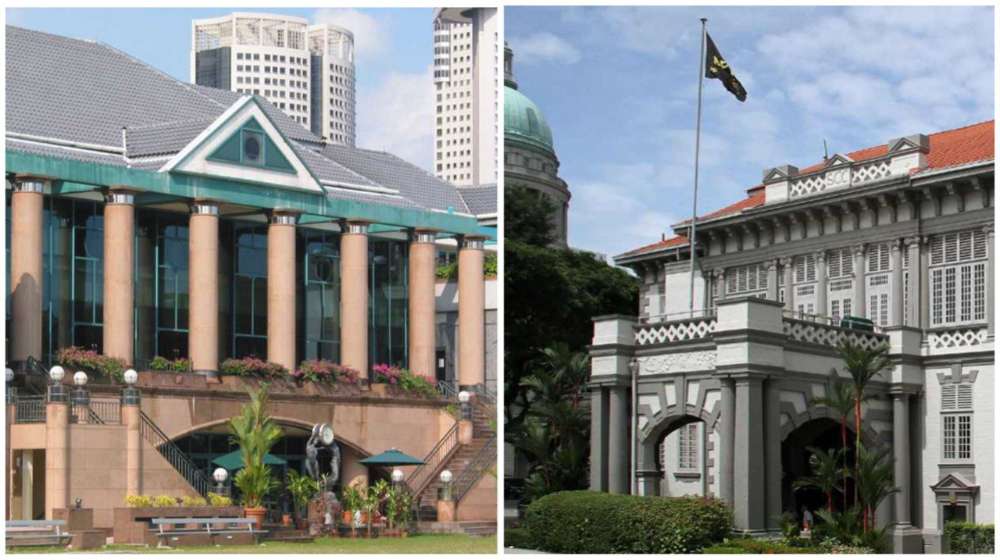 The Singapore Recreation Club (left) and Singapore Cricket Club. | IMAGES: WIKIMEDIA COMMONS/@CDGUZMAN (LEFT) AND @TONY HISGETT
The Singapore Recreation Club (left) and Singapore Cricket Club. | IMAGES: WIKIMEDIA COMMONS/@CDGUZMAN (LEFT) AND @TONY HISGETT
At opposite ends of the Padang, you'll find the Singapore Recreation Club (SRC) and the Singapore Cricket Club (SCC). The area where the SRC now stands was once a small hill, which was levelled to install a battery of 12-pounder guns for defence against ship attacks. This spot became known as Scandal Point, where people would gather to gossip. Both clubhouses have been fixtures of the Padang for over a century.
Suggestions for redeveloping the Padang date back to the 1830s, when then-Governor Robert Fullerton considered selling the area to developers. In the 1850s, the centre section of the Padang was proposed as a potential site for relocating St Andrew's Cathedral. In the 1930s, the Government suggested turning the Padang into a plaza, but public opposition prevented this plan from moving forward. As a result, the Padang has remained an open public space.
⛳️ Milestones
Singapore's first National Day Parade on 9 Aug 1966
The Republic celebrated its first NDP featuring a massive parade that saw the involvement of some 23,000 men, women and children, according to an article dated 10 Aug 1966 in The Straits Times. Thousands lined the streets to watch the grand affair, which saw Ministers and Members of Parliament turning up in uniform. The march-past took 90 minutes.
The Great Singapore Workout
Find this scene familiar? If you recognise it, chances are you're a Gen-Xer or Millennial. During the Great Singapore Workout in 1993, a crowd of 26,107 participated in a 15-minute workout at the Padang. The workout made it into the Guinness Book of Records for being the largest mass aerobic session held at one location at the time.
Archaeological Site
In 2003, a brief excavation in a corner of the Padang unearthed treasure. The artefacts recovered from the 14th-century “layer” of earth there included Chinese coins which had been partially melted by heat, and fragments of stone which might have been used in recycling the copper from these coins. Another two digs were carried out at the Padang in 2009 and 2019, respectively.
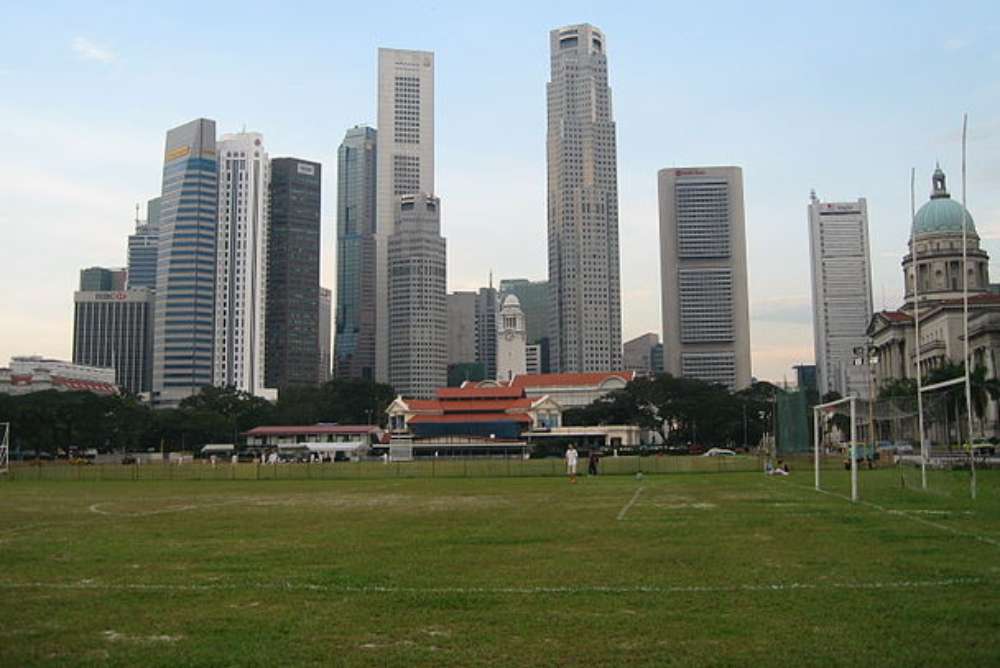 IMAGE: WIKIMEDIA COMMONS/@TERENCE ONG
IMAGE: WIKIMEDIA COMMONS/@TERENCE ONG
📐 Design and architecture
Since the construction of private European houses around its perimeter in the 1820s, the Padang’s surroundings have been marked by distinctly neo-Classical buildings, some of which have since been demolished. These include John A. Maxwell’s house (1827, later renovated and now known as The Arts House), the old Saint Andrew’s Cathedral (1836), the Singapore Cricket Club (1884), the Former City Hall (1929), and the Former Supreme Court (1939).
The Padang used to border on the sea. Successive land reclamations have since pushed the sea line to its present position at Queen Elizabeth Walk. It is presently bordered by Connaught Drive, Saint Andrew’s Road, and Stamford Road. The SCC and SRC sit on opposite ends of the Padang.
For the latest updates on Wonderwall.sg, be sure to follow us on TikTok, Telegram, Instagram, and Facebook. If you have a story idea for us, email us at

